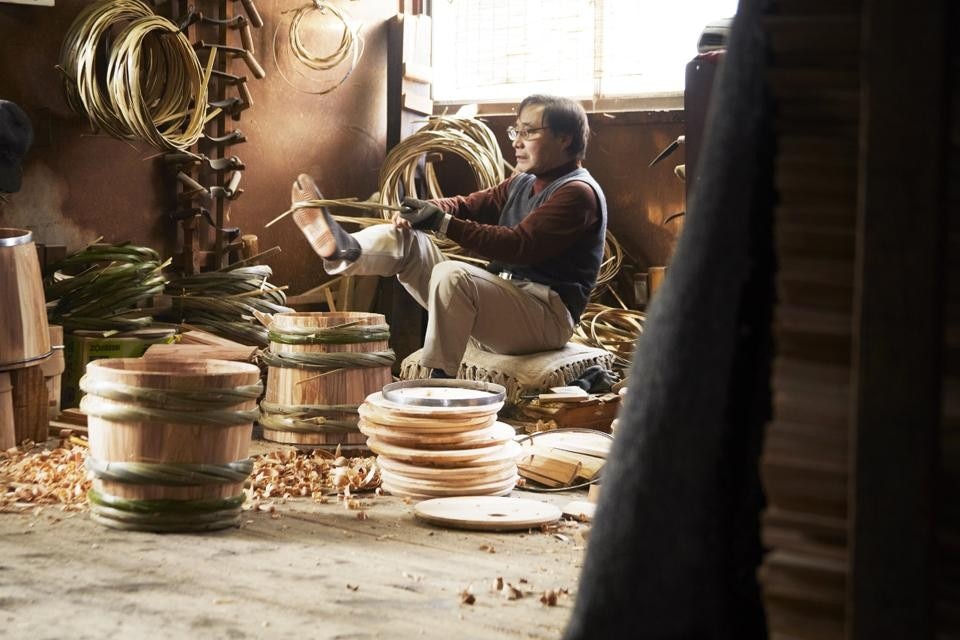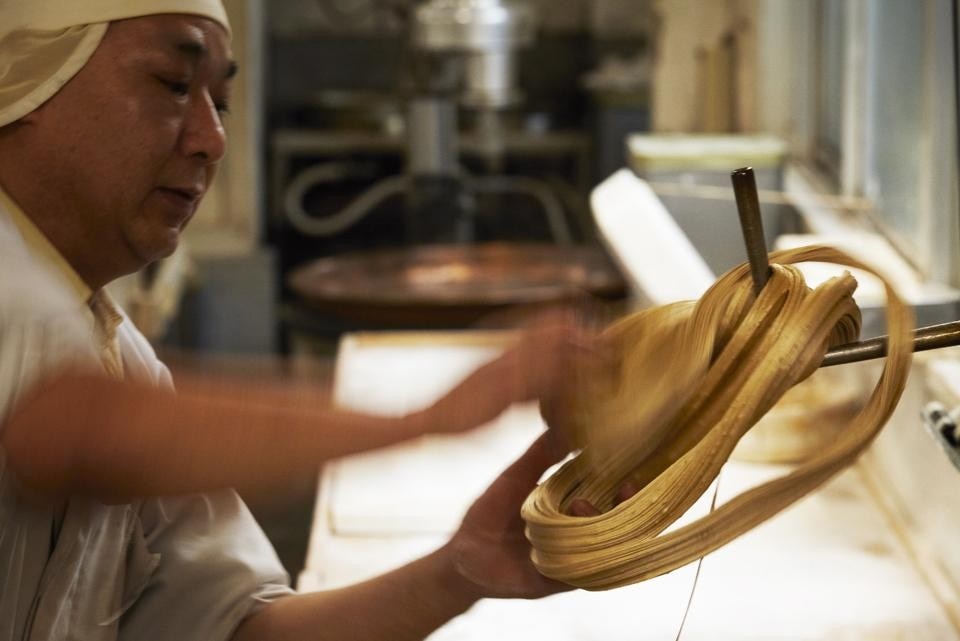Grasping the coarse essence of things
A team of designers plus a food director, a journalist, a photographer and a film artist travelled around the six prefectures of Tohoku for three months. They visited environments and places where the degree of pretence is minimal and where people's stories may be raw and very old but they retain a special freshness and fragrance. The result of their research is a story told by objects — especially foods and utensils — and pictures of what they saw in Tohoku.
Tema Hima gives the impression that the curators penetrated the coarse and pulsating essence of things. They went back to the foundations of how these populations live. The group portrait that emerges is one of substance: farmers describing their traditions, craftspeople putting their own lives into their creations, and encounters with young local talents anxious to explore new production options. These intrinsically beautiful objects are not the product of individual genius, but of the collective force of tradition, an impersonal beauty that belongs to all.
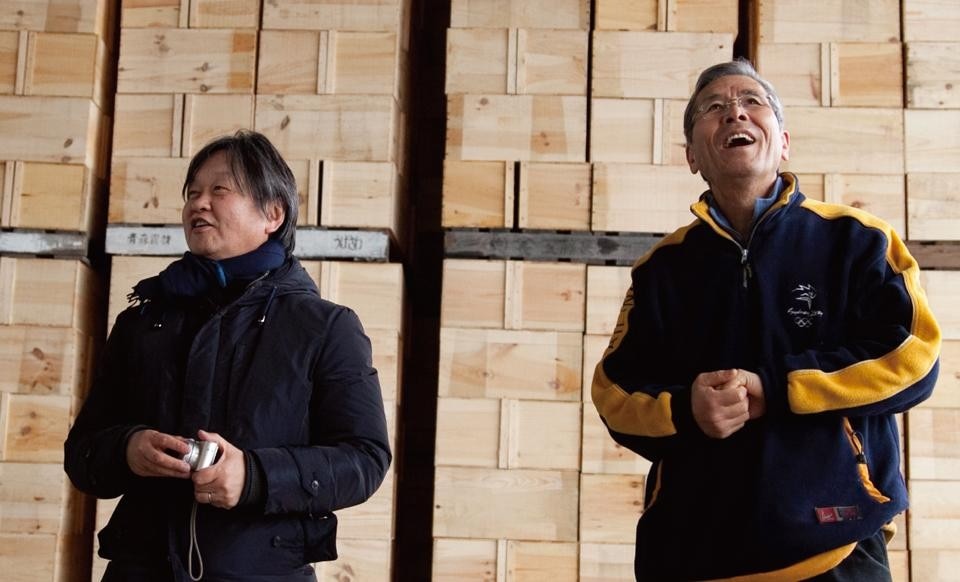
The items on show are unusual because they were not made to be sold. They fall outside a commercial approach and have no client to seduce or convince. They are foods and objects created to pay homage to a divinity or to commemorate one's ancestors, such as the Shimi Mochi cake and Dagashi sweets, ritual foods that attract good fortune.
The Tohoku winter is long, with everything blanketed in snow for months, and survival has always been a challenge for the locals. The objects and the foods in Tema Hima seem to have been produced in collaboration with nature or out of resistance to it. Perhaps this is why they have the feel of winter, snow and the cold but also of affectionate warmth, fire and survival. They contain the beauty of real things and craftsmanship passed down through the generations.
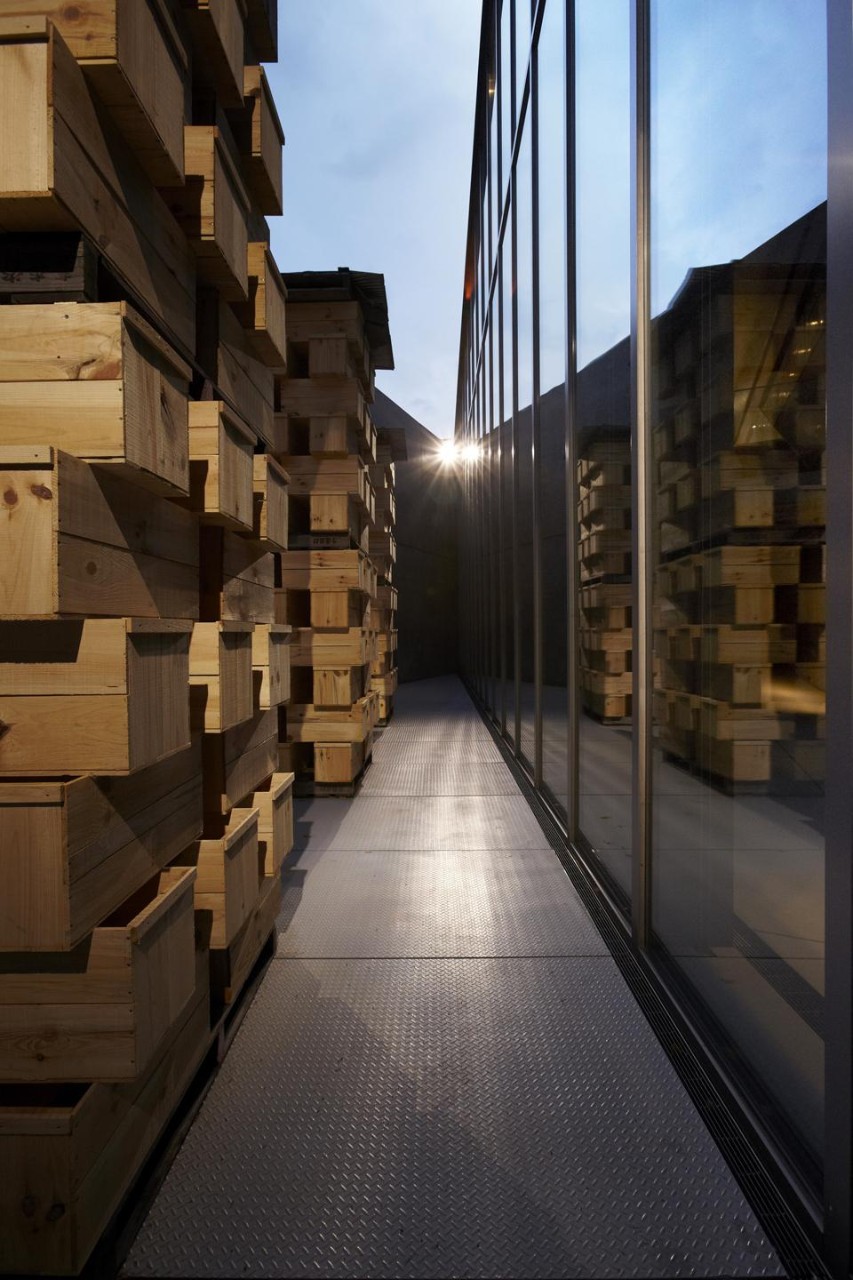
In our digital (from the Latin digitus) era, the finger is a metaphor for modernity and in control; Tema Hima, instead, focuses specifically on the hands and what they are capable of. Hands are everywhere in this exhibition, from beginning to end, in the first internal video room and in the last room's portraits. Hands that may not be beautiful but are real and have lived life, testimony to the love of making things, of materials and of transforming things. These are the hands needed to produce foods as if they were pieces of art, such as Koori Doufu, a dry tofu that has to be left outside the house at night, in freezing temperatures, to make it soft and spongy so that it can be tied up in a technique that only a few expert artisans can master; and Nawahoshi Iwana, smoked fish that have to be browned over a slow flame for five days and then dried.
After the March 2011 tragedy, Japan is trying to understand which direction to take for the future, recognizing the need to reconnect to the cycles of nature
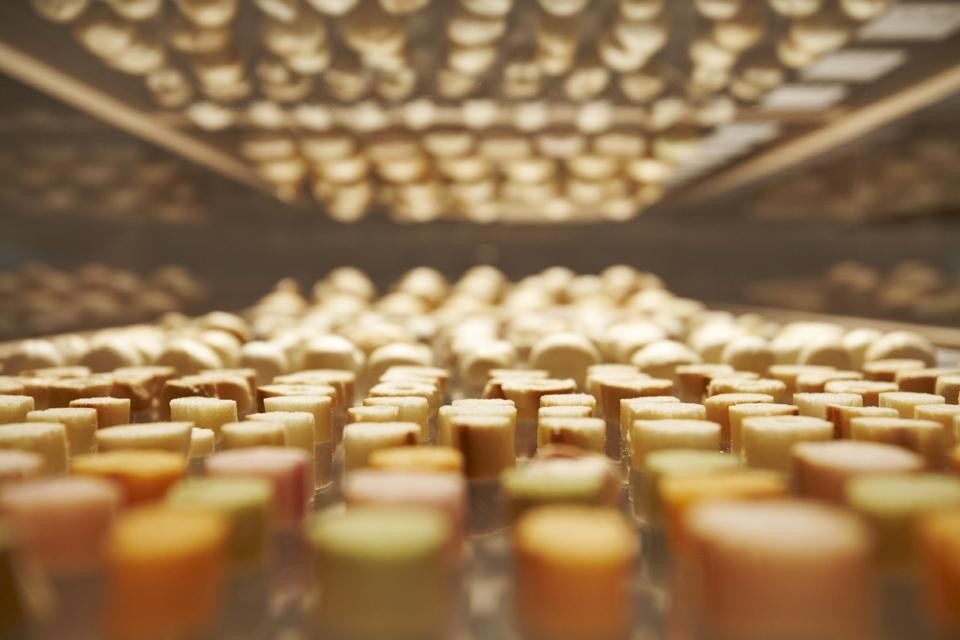
After the March 2011 tragedy, Japan is trying to understand which direction to take for the future. When interviewed by Domus, Naoto Fukasawa spoke of the need to reconnect to the cycles of nature, arguing that the time has come to use the expression murishinaide ["do not overdo it"].
Two expressions — isshokenmei and ganbatte ["do not be beaten" and "persevere"] — convey the Japanese fighting spirit. These mantras were repeated in homes, offices, factories and schools during Japan's economic ascent in the 20th century. It is, however, hard to calculate the price paid in terms of social change and lost cultural values.
Now, after the tragedy of 11 March 2011, things seem to have changed; people are looking inside themselves as in Tema Hima, looking for ways to renew the dominant paradigm; they would rather not overdo it and reconnect with the cycles of nature.
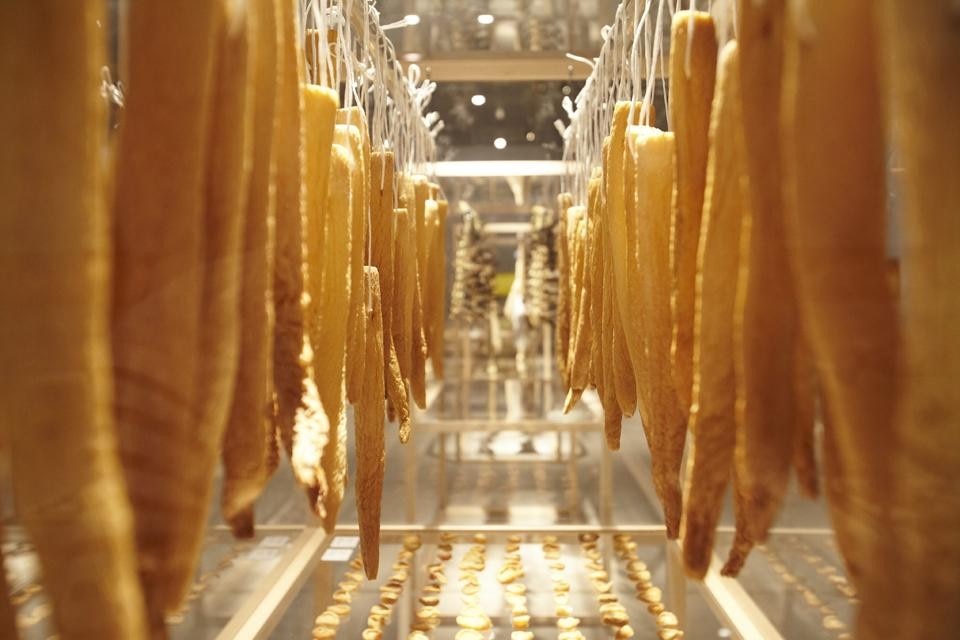
Holistically speaking, the different attitude Fukasawa has called for perhaps lies in the metaphor of Qi, the life-force that according to Zen Buddhism mediates between the chaos of nature and organised society. At a certain point, we started using too much Yang energy, male, full and explosive, and too little Yin energy, female, made of voids and acceptance. Fukasawa explains this with the word shutaku or forms resulting from the combined action of rubbing the hand on something and the wear caused by time — like when Munari drew a ladle with part of the top missing and already rounded; the form ensuing from its use over time was incorporated into the design in advance.
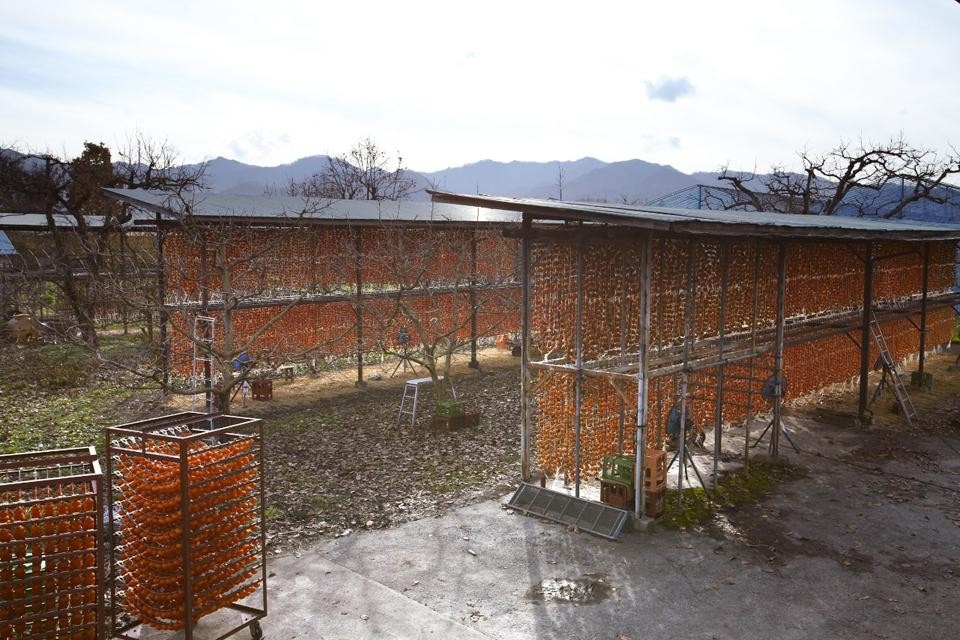
The people of Tohoku are serene but not at peace. Every day they combat the rigours of winter, regional depopulation, a rural economy in tatters and, finally, tsunamis and earthquakes. This battle seems to mean the people there live in a state of physical and moral truth that is slightly freer from pretence than others.
Tema Hima offers an excuse to reflect on the world's shift, which distanced it from the authenticity of craft production to rely on the by-products of mass industrialisation, somehow losing that truth represented by the craft world and its knowledge. It seeks to identify directions for the future of design, inspired by popular wisdom and the creative naiveté of the collective culture of the people of Tohoku.
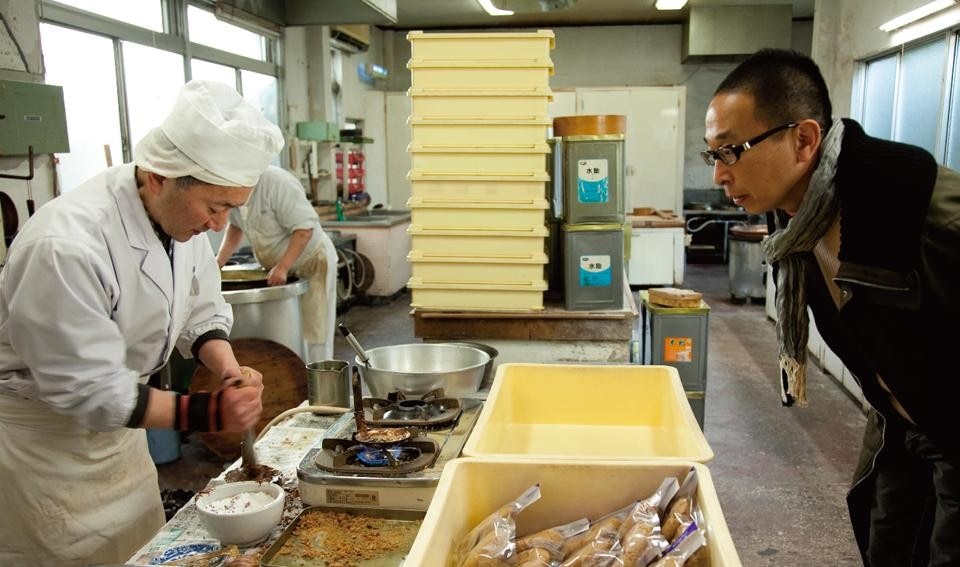
It is possible to reconnect to the cycles of nature but unlikely without strong will. Fukasawa believes that the mere fact that there are lifestyles like those narrated in Tema Hima beyond the metropolis — and its consumer rituals that would impossible without major mass production — is a breath of fresh air that allows us both to take delight in the beauty of these objects and rethink the dynamics of design creation and production.
Tema Hima is the ideal completion to The Spirit of Tohoku: Clothing, the exhibition by Issey Miyake — director with Fukasawa and Satoh of 21_21 Design Sight — on the clothes and traditions of Tohoku. The primary aim of 21_21 Design Sight is to research and promote design as a healthy way of living, that can change the world rather than taking it as it is.
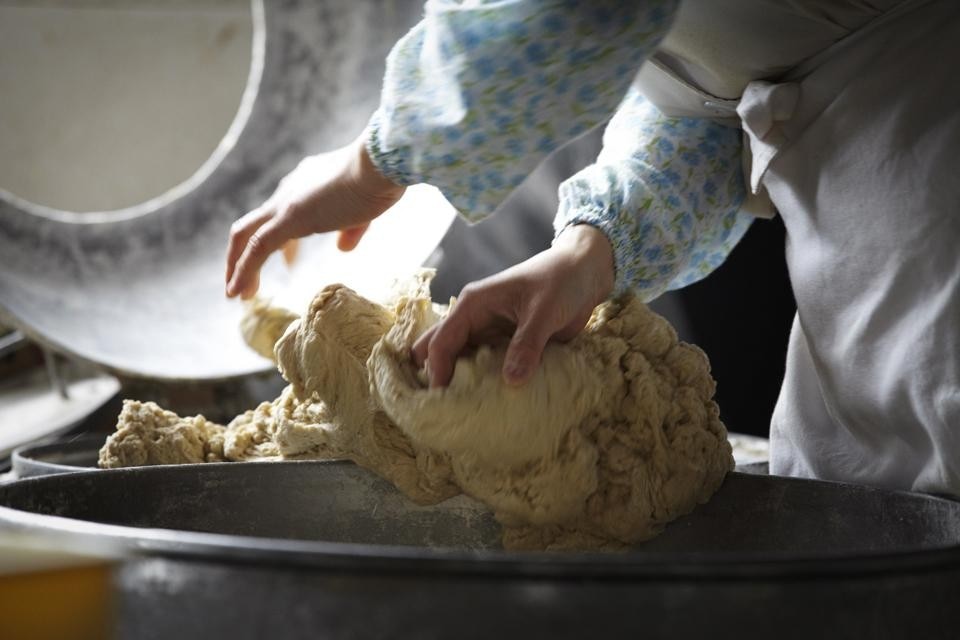
Tema Hima: the Art of Living in Tohoku
21_21 Design Sight
Tokyo
